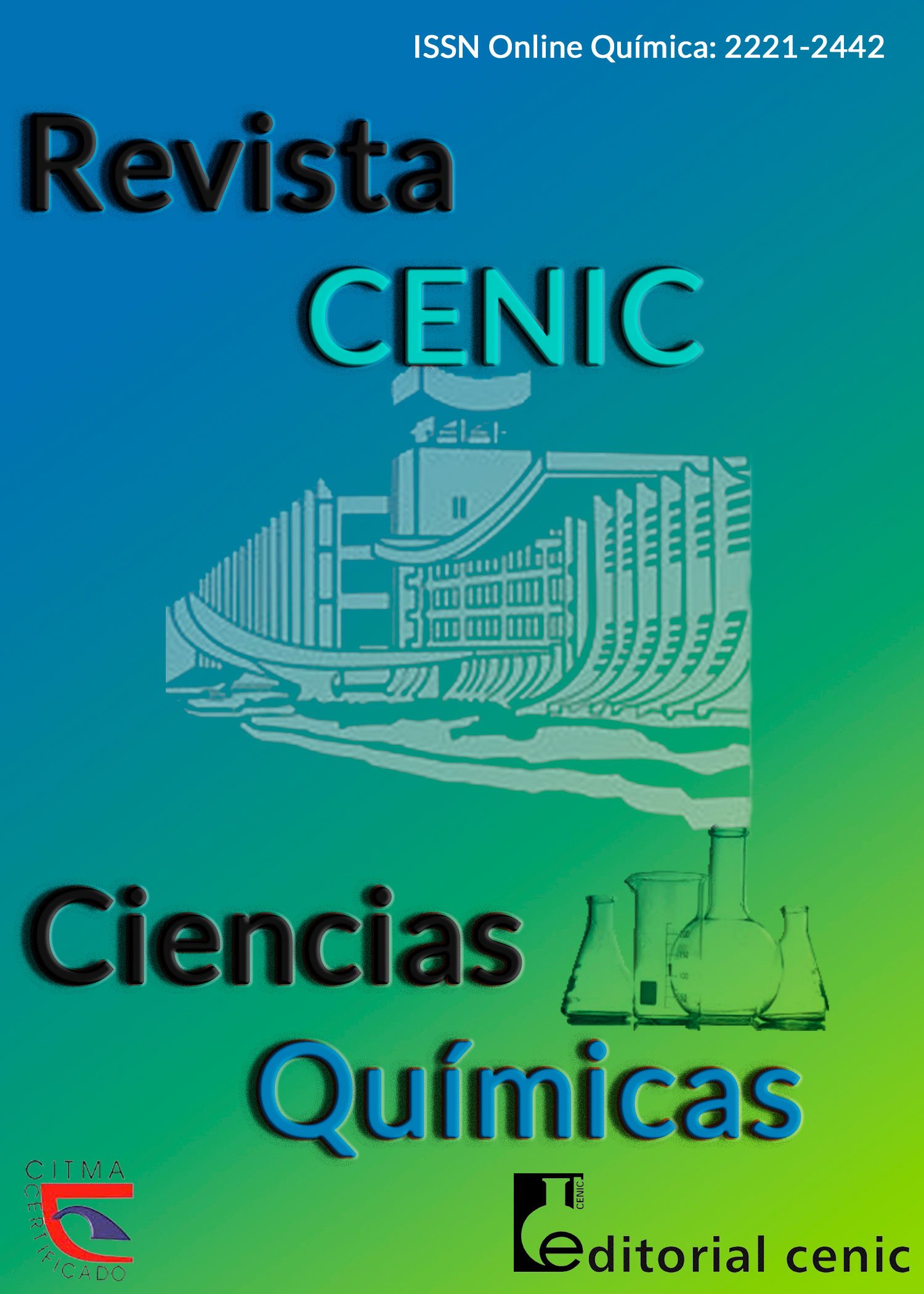Analysis of volatile compounds of sour guava (Psidium acidum [DC.] Landrum) using headspace-solid phase microextraction
Abstract
Application of headspace-solid phase microextraction combined with gas chromatography coupled to flame ionization, mass spectrometry and olfactometric detectors was used to analyze, for the first time, the volatile compounds of sour guava (Psidium acidum [DC.] Landrum) and to estimate the most odor-active compounds. According to the global odor trapped in the fiber, a comparison between 100 m PDMS, 65 m PDMS/DVB, 50/30 m DVB/CAR/PDMS and 85 m CAR/PDMS fibers showed that the 50/30 m DVB/CAR/PDMS fiber was the most adequate to analyze the volatile compounds of this fruit. The analyses led to the identification of 128 compounds, including 49 esters (88.7 % of the total volatile composition), 20 terpenes (0.9 %), 14 alcohols (3.8 %), 14 aldehydes (0.7 %), 13 acids (2.4 %), 7 ketones (0.5 %), 5 hydrocarbons (0.1 %), 3 oxides (2.4 %), 2 furans (0.1 %) and one S-compound (traces). Major components (> 8 %) were (Z)-3-hexenyl acetate, butyl butanoate, butyl acetate, methyl octanoate, methyl hexanoate and hexyl acetate. Twenty-six of them were considered as odor-active compounds and contribute to the typical sour guava aroma, from which the most important were (Z)-3-hexenyl acetate, hexyl acetate, 3-methylbutyl butanoate and (Z)-3-hexenyl hexanoate. The relevance of aliphatic esters, particularly those related to C6.

Downloads
Published
How to Cite
Issue
Section
License
Copyright (c) 2021 Copyright

This work is licensed under a Creative Commons Attribution-NonCommercial-ShareAlike 4.0 International License.
Los autores que publican en esta revista están de acuerdo con los siguientes términos:
Los autores conservan los derechos de autor y garantizan a la revista el derecho de ser la primera publicación del trabajo al igual que licenciado bajo una Creative Commons Atribución-NoComercial-CompartirIgual 4.0 que permite a otros compartir el trabajo con un reconocimiento de la autoría del trabajo y la publicación inicial en esta revista.
Los autores pueden establecer por separado acuerdos adicionales para la distribución no exclusiva de la versión de la obra publicada en la revista (por ejemplo, situarlo en un repositorio institucional o publicarlo en un libro), con un reconocimiento de su publicación inicial en esta revista.
Se permite y se anima a los autores a difundir sus trabajos electrónicamente (por ejemplo, en repositorios institucionales o en su propio sitio web) antes y durante el proceso de envío, ya que puede dar lugar a intercambios productivos, así como a una citación más temprana y mayor de los trabajos publicados (Véase The Effect of Open Access) (en inglés).













